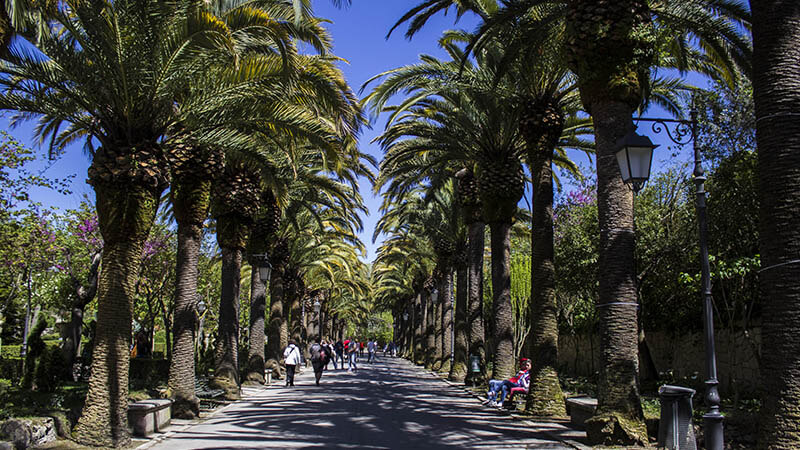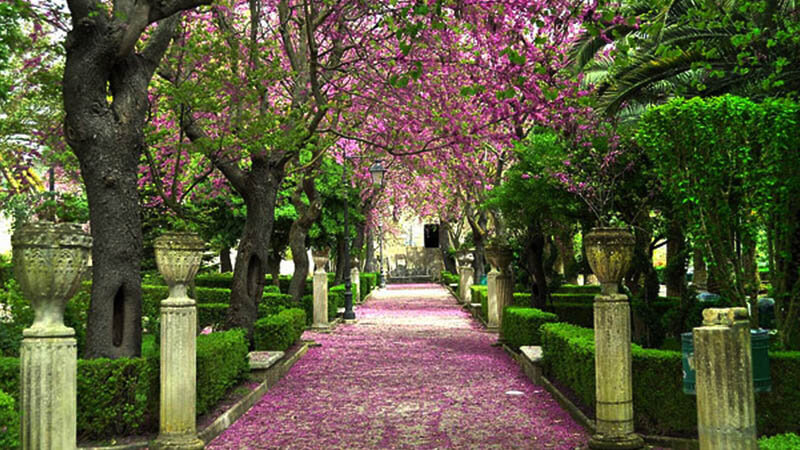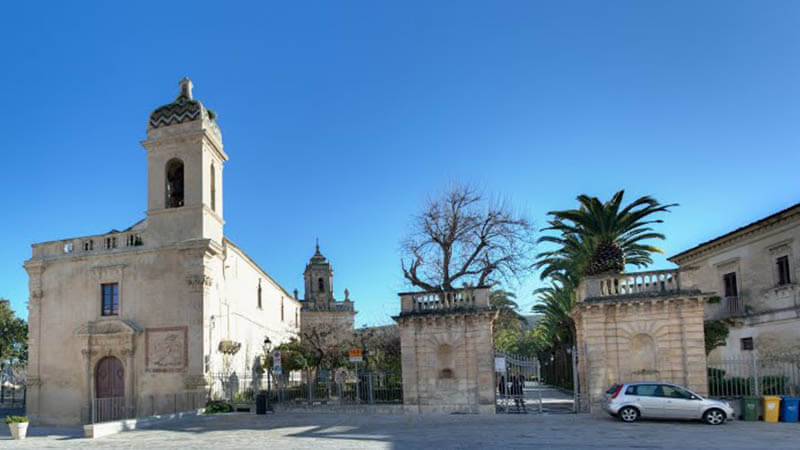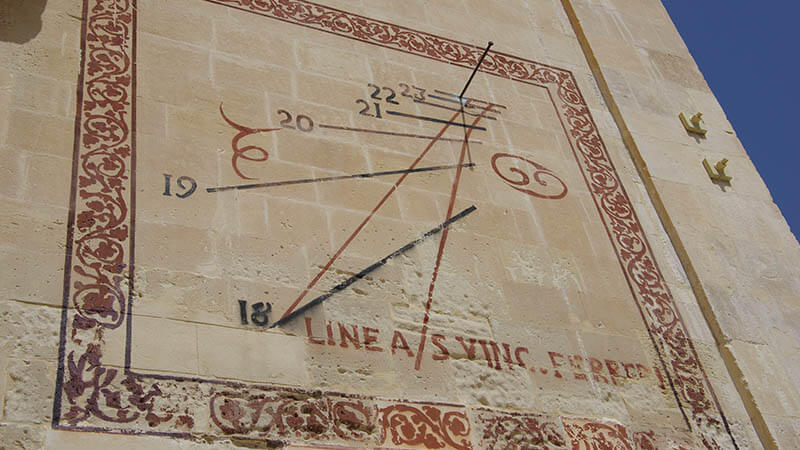Ragusa Ibla scrigno barocco
Spatium is the first Spa in Ragusa Ibla, a fascinating baroque treasure chest of churches and palaces. The quarter , the most ancient historical centre in Ragusa, rises on a little hill. Entirely rebuilt after the earthquake that shook Ragusa in 1693, during the 1990s it was re-evaluated with a recovery plan that involved monuments, paving and street lighting.
In order to discover the charm of this little village, we recommend starting from the lower areas, where the ruins of St. George’ Gate are located, and a few steps up, losing yourself in the tree-lined avenue of the Hyblean Gardens, where you can enjoy a breath-taking view overlooking the hills where the old railway line and the old railway station spread out. The Gardens also contain St. Jack Church and the old monastery, that now houses a renowned restaurant and a prestigious cooking school.
Just outside of the Gardens, the deconsecrated Church St. Vincenzo Ferreri, always more frequently chosen as location for various cultural events.
Going back along Corso XXV Aprile and Via Orfanotrofio you can admire noble palaces in Baroque and Renaissance style, the ruins of St. Agostino Church, of which remains a beautiful portal in Gothic style, and St. Teresa Church with the related college, until you reach Piazza Pola . Here, the Church of San Giuseppe, with a majestic façade, houses frescoes and paintings from the 1800s. Around Piazza Pola it’s possible to find many bars, restaurants and shops where you can taste excellent traditional products and go shopping.
Continuing from Piazza Pola to Via delle Suore we arrive in a square, Piazza Chiaramonte, where the Church of San Francesco dell’Immacolata stands out. This church was built by the Chiaramonte family, who never had a palace in Ragusa Ibla and who donated the church to the fathers Franciscans, that decided to move here in order to take care of sick people.
After this detour we suggest you to return to Piazza Pola and, going ahead of it, proceeding towards St. George Cathedral, the most majestic building and undisputed protagonist of Ibla, considered a true jewel of Sicilian baroque. The church is shielded by a wrought iron gate from 1880 and a large staircase. The cathedral was completed at the end of the 18th century, almost forty years after the beginning of works. Its structure with three naves preserves glass walls (1926) illustrating the 13 episodes of the martyrdom of St. George. The façade will astound you with its baroque adornments and the structure that recalls the magnificence of the Gothic buildings.
On your trip to Ibla you can not miss the “Descent”: come down a staircase of 340 steps that connects the village to the upper city, once the only road that linked Ragusa to Ragusa Ibla. During the descent, you can admire the Church of Santa Maria delle Scale, built in the 14th century, critically damaged by the earthquake, then renovated in Baroque style. The church is also an observation point where you can enjoy the view of the little hill on which Ibla rises. We wish you to spend more days in Ragusa Ibla to lose yourself in its narrow streets and its magical timeless atmosphere.









